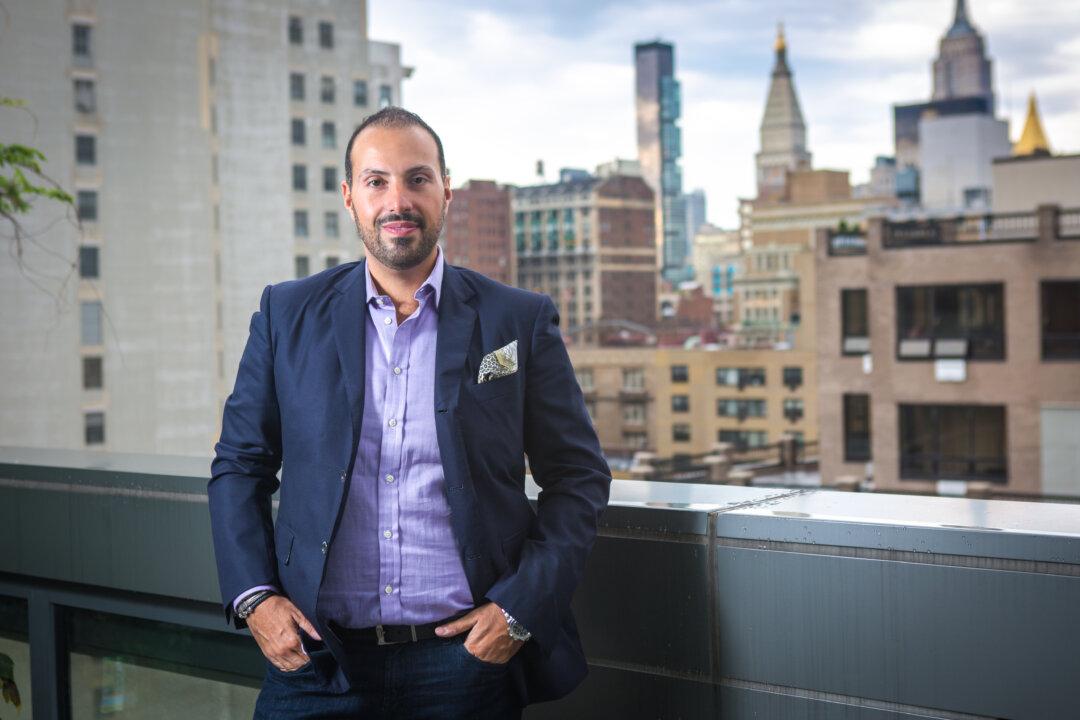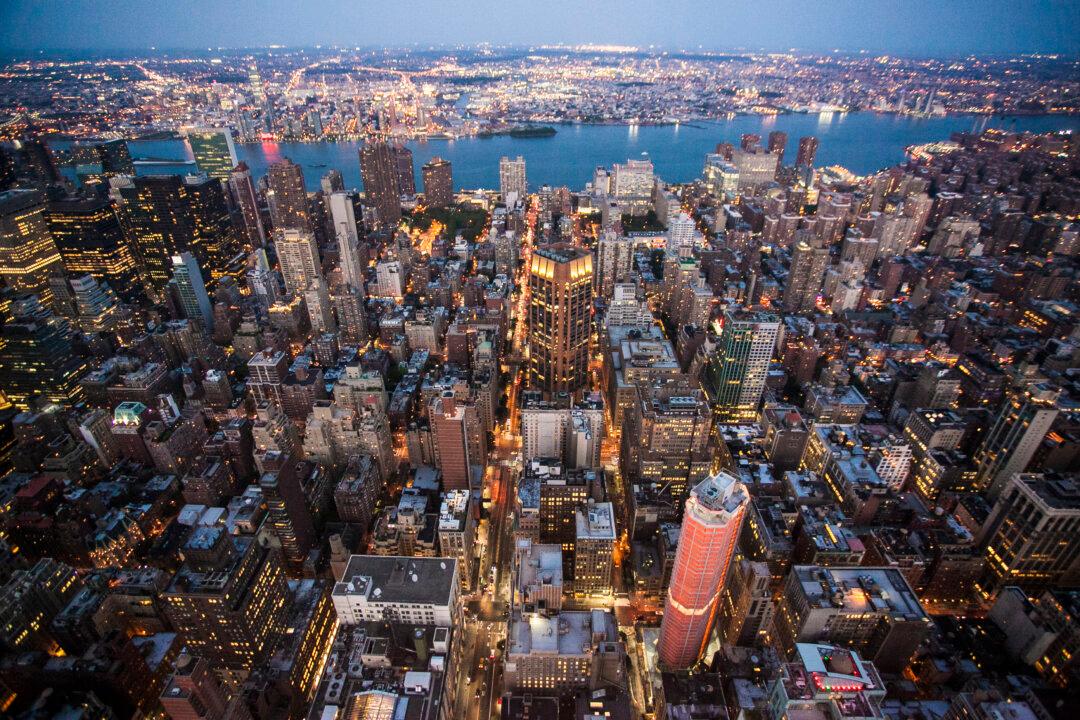NEW YORK—Construction of the Second Avenue Subway is an issue dividing parts of the Upper East Side, literally.
Fencing and barricades lining one side of Second Avenue have impacted traffic, businesses, and residents on the Upper East Side for months.
To communicate with residents and business owners affected by construction, the MTA opened a small community information center at 1628 Second Avenue (between E. 84th and E. 85th Streets) Friday, July 26.
Center director Laura MacNeil said by midday on Friday around a dozen people had visited the center, to check out the exhibition and ask questions.
Michael Kane, the co-owner of Park East Kosher on Second Avenue, was one of them. Around two years ago the city changed the parking regulations outside his store from meters to “no standing except trucks.”
“What that means is that customers that use vehicles can’t come here and shop at my store,” he said.
He added the city should change the regulations so customers can park for at least half an hour.
“It’s not only affecting me; it’s all the stores during the day,” he said.
Kane added that he recognized the subway would be good for the city, but in the meantime businesses are suffering.
Kevin Childress, a resident and social media consultant, also said he supported the project, but said he had seen a lot of businesses come and go on the avenue since construction started.
“I think it’s like a divide that people deliberately try to avoid if they can,” he said.
Childress said when he moved recently the Second Avenue Subway influenced his decision, he said.
“Because I was living east of this construction, when I needed a new place I deliberately moved west so I didn’t have to cross it—because I work on the west side of Second Avenue,” he said.
Thomas Tozam lives at First Avenue in the 60s. He said he had received “mixed messages” about when the project would be completed.
“Originally I thought it was going to be done in 2010, then it was 2012, now it looks like its 2016. And it has been really disruptive to Second Avenue,” he said. “Just the amount of trailers they have had to put in here has really impeded traffic flow, and business flow.”
Construction on the MTA’s Second Avenue subway line is now “five years late and a billion dollars over budget,” according to Manhattan Borough President Scott Stringer’s website.
The new center is approximately 1,900 square feet of exhibition, programming, and office space, and offers information about the subway line’s history and construction.
Construction of the center cost $297,000, and the average yearly rent is roughly $113,000.
The overall cost to maintain the center through to the completion of the Second Avenue Subway is less than 0.03 percent of the total project’s budget of $4.45 billion, a spokesperson for the MTA said.





